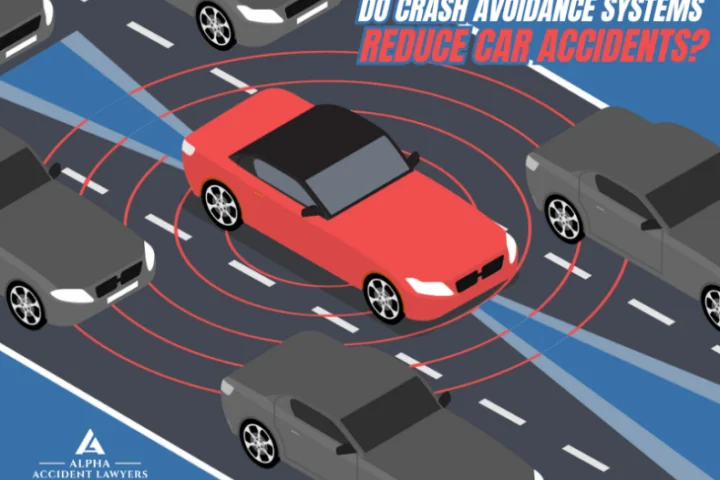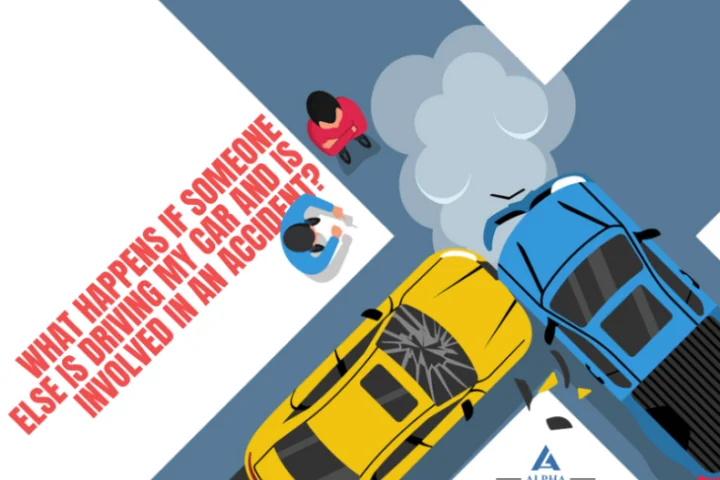The Top 5 Most Common Types of Motorcycle Accidents and How to Avoid Them
We keep hearing how dangerous riding a motorcycle is, but is there any truth to these claims? The simple answer is yes. Here’s a stat for you: motorcycles make up only 3% of all registered vehicles in the United States. Despite being a relative rarity on the streets, motorcycle accidents account for 14% of traffic fatalities. First things first: many of these fatalities involve the lack of helmet use. With a helmet, your chances of suffering a serious motorcycle injury drop off dramatically. Wearing other protective gear is a big safety factor as well. Of course, the best protection against different types of motorcycle accidents is to avoid them altogether.
Here are five common types of motorcycle accidents to watch out for.
1. Lane Change Crashes
If you’re next to a car on a motorcycle, there’s a chance you’re in their blind spot. If so, they might merge into your lane, causing a crash.
How can you tell whether you’re in someone’s blind spot? Simple: you should be able to see the car’s mirrors—and the face of the driver. If you can see them, that means they can see you as well.
If you can’t see the car’s mirrors, slow down or speed up to get out of their blind spot. You should also look for signs that the car is about to merge into your lane. These signs include:
• Their wheels start to turn.
• They use their turn signals.
• The driver is checking his or her mirrors.
• The driver swivels his or her head to check for blind spots.
2. Reckless Cornering
Corners can be dangerous for motorcycle riders. As nice as a motorcycle is to control, they often struggle to correct or compensate in a turn.
That’s particularly true if the corner contains a patch of sand, water, or gravel. If your front tire hits this material, it’s likely to lose traction. That may cause you to lose control over your vehicle and slide out.
Another common danger for motorcyclists is misjudging how tight a corner is. That happens a lot on twisting roads with elevation changes. If you can’t see what’s coming next, you may take the corner too fast and crash.
The obvious solution to this type of motorcycle accident is to ride at the right speed. If you see a tight corner or some hazard in it, you want to have time to react. As the saying goes, “Slow in, fast out.”
Paying attention to road signs is a big help here as well. Learn the different types of signs indicating corners or up-ahead hazards.
3. Left-Turn Collisions
If a car makes a left-hand turn in front of you, there’s always a chance it will strike you. That often happens when you’re:
• Passing the car.
• Overtaking the car.
• Going through an intersection.
Left-turn collisions happen with all vehicles, but they’re most dangerous for motorcycles. In most cases, the vehicle making the turn will be at fault for the accident. That said, you can usually still do a lot to avoid it.
To prevent a left-turn collision, you must anticipate the driver’s next move. Fortunately, there are plenty of indicators that someone is about to take a turn. These include:
• A vehicle is waiting to turn at the intersection.
• The driver swivels his or her head to “look both ways”.
• There’s a gap in the traffic while another vehicle is waiting to go.
If you notice any of these situations, start slowing down immediately. Move over to the outside lane and prepare to take evasive action. Even if you don’t see a car waiting to turn, any gap in front of you is a potential danger.
If possible, make eye contact with the other driver. If they see you, they’re less likely to make a reckless move. Also, check for things obstructing their view and make sure that their tires are pointing ahead.
4. Lane Splitting
Lane splitting involves a motorcycle driving between two lanes. This is very common in traffic congestion or at a traffic light.
The big danger of lane splitting lies in the proximity of your bike and other vehicles. With less space to maneuver, there’s a higher chance of getting into an auto accident. Plus, most car drivers don’t expect lane splitting.
If lane splitting leads to an accident, both the car and motorcycle can be at fault. That usually depends on whether your state allows this practice. Right now, California is the only state where lane splitting is legal.
If you do split lanes, check that there’s enough space to get through. Look for gaps in the stopped vehicles, as this can be a sign of a car merging into another lane. Keep an eye out for head movement and turn signals as well.
5. Head-On Collisions
A head-on collision is a particularly common type of traffic accident. What’s worse, these accidents can often be fatal for the motorcycle rider.
These collisions occur when a car strikes a motorcycle head-on. That causes the motorcycle to stop abruptly, crushing or catapulting the driver. Most head-on collisions occur at high speeds, making them very dangerous.
When it comes to how to avoid a head-on collision, you’re best off sticking to the four Rs. Here’s the list:
• Read the road ahead.
• Reduce your speed.
• Drive to the Right.
• Ride off the road.
Reading the road ahead involves the same proactive tips we talked about above. You should always be scanning the road for potential hazards. Reducing your speed and riding off the road are self-explanatory.
As for driving to the right, that means you should always be in the right-hand lane if possible. On a two-lane road, stick to the outside of the lane. That puts you at less risk of both head-on collisions and lane changes.
Avoiding Different Types of Motorcycle Accidents
The more you know what to expect on the road, the less likely you are to crash. The above list is a good starting point in your research.
Of course, some types of motorcycle accidents are impossible to avoid. No matter how careful you are, other drivers may fail to see you. Psychologically, many car drivers have trained their brains to only look out for large vehicles.
If you do find yourself in a motorcycle accident, contact Alpha Accident Lawyers. That’s the only way to protect your rights and ensure fair compensation. Contact us to learn more about what our motorcycle accident lawyers can do for you!




